
We tend to forget but some of the most notable Presidents of the United States are gracing our bills. Some people can easily tell whose face can be seen in each form of currency. But are you aware that these bills are subjected to unpredictable changes every now and then? We mean, some faces suddenly get booted off while some prominent figures never even had the chance.
Did you know how the Department of Treasury decides the faces placed on the US bills? How about the fact that a certain president fought against the concept of paper bills? He obviously failed but his face got ironically printed on one of the bills inside our wallets. Read on to discover the other facts we compiled about the different faces and presidents on bills. You may or may not be familiar with the notable founding founders on the bills inside your wallet. It’s time to find out!
Deciding on the faces on the US currency
The appointed Secretary of the Department of Treasury gets the final say on whose face stays or leaves the prints of paper bills. He or she only decides if the face nominated holds a notable part in American history. Sounds simple enough, right? Well, not quite. The Department still follows strict criteria before a proposal ever reaches the Secretary’s desk. Plus, he or she also seeks advice from the Bureau of Engraving and Printing (BEP) officials.
From what we know, the Department of Treasury only made that one detail clear. You can nominate almost any known face to be immortalized in US currency. And, don’t forget to point out the nominee’s big role in history. It sounds simple but the tricky part comes after submitting your proposal. The rest of the Department’s criteria remains a mystery to the public.
Get to know the US Presidents on bills
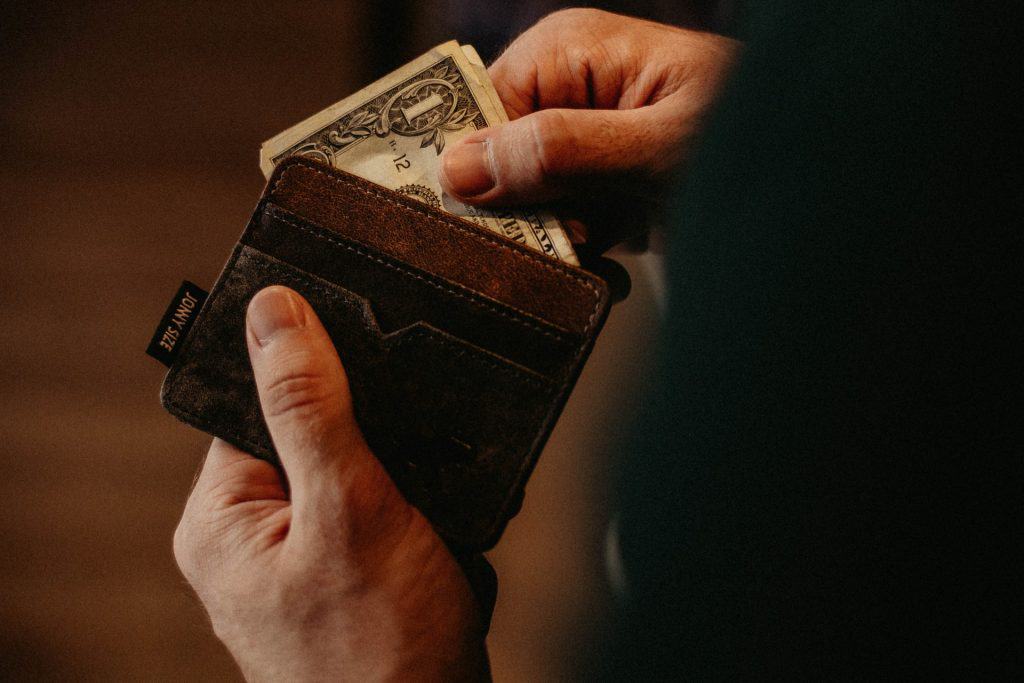
The US presidents on bills bear the historical portraits of George Washington, Thomas Jefferson, Abraham Lincoln, Andrew Jackson, and Ulysses S. Grant. They are immortalized in the US currency for many years now. Other former presidents eventually lost their positions when the Department of Treasury stopped the production of various denominations of currency notes.
We bet you’re wondering why only a few presidents are on the bills. What did these presidents contribute that helped them become mainstays on the US currency? To help satisfy your curiosity, we compiled the list of faces of former presidents and why they are or were gracing our bills. Now, the people inside your wallet are about to get more significant!
Have you noticed the absence of living former presidents on bills?
Curious about the absence of former living presidents in US history on the bills? The answer to that lies under a certain Federal Law. There is a strict rule prohibiting the portraits of any living person on the currency.
Because of Federal Law, the US Government easily puts an end to rumors about the currency printing proposals of living presidents like Barack Obama. You might even spot a few edited pictures of living presidents on bills shared many times on social media.
The design of the bills we see inside our wallets nowadays came from carefully selected designs in 1928. However, different changes were made throughout the years to improve its security against counterfeits. The Department of Treasury assigned a specific committee to study the trends to prevent any illegal printing of bills.
Before George Washington, whose face appeared on the $1 bill?
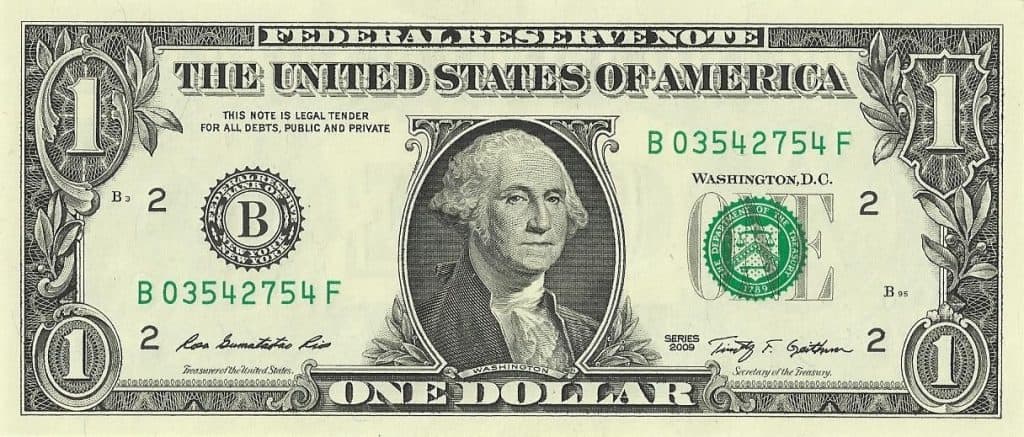
No one knows how the Department of Treasury chooses the denominations for the historical figures and presidents on bills. Before George Washington, Secretary of Treasury Salmon P. Chase’s portrait graced the prints of $1 bills. Washington’s face only made its way to the $1 bill in 1869.
Being the first president of the USA definitely earns you a spot in the US currency. To this day, the Department of Treasury has no plans to change Washington’s place in US currency. In 1932, the US government minted the Washington quarter dollar to commemorate the first president’s 200th birthday. However, the bicentennial committee’s original plan centered on using a temporary half dollar for the celebration. But the Congress stepped in to request to replace the Standing Liberty quarter with the Washington quarter instead.
The appearance of Thomas Jefferson on the $2 bill and the nickel

Nowadays, you can easily identify Thomas Jefferson’s face by looking at the rare $2 bill. But did you know that his portrait was a replacement? Yes, just like Washington, Jefferson’s face replaced a different notable person in US history in the $2 bill. Both former presidents only had their portraits immortalized on US currency in 1869.
Former Treasury Secretary Alexander Hamilton’s face first claimed the $2 bill in 1862. Afterward, Jefferson’s portrait appeared in its place while Hamilton’s didn’t return to US currency until 1929. Later on, the Thomas Jefferson Nickel swapped the Buffalo Nickel in 1938. A competition was held by the US Mint resulted in the Jefferson Nickel designed by Felix Schlag as the winner. To this day, it continues to be the most frequently used coins in circulation.
If you look closely, the Jefferson Nickel showcases the former president’s portrait with the words “In God We Trust” and “Liberty” inscribed. The other side of the coin features Jefferson’s Monticello plantation with the inscriptions “E Pluribus Unum“, “United States of America,” and “Monticello.”
Abraham Lincoln’s consistent stay on the $5 Bill and the penny
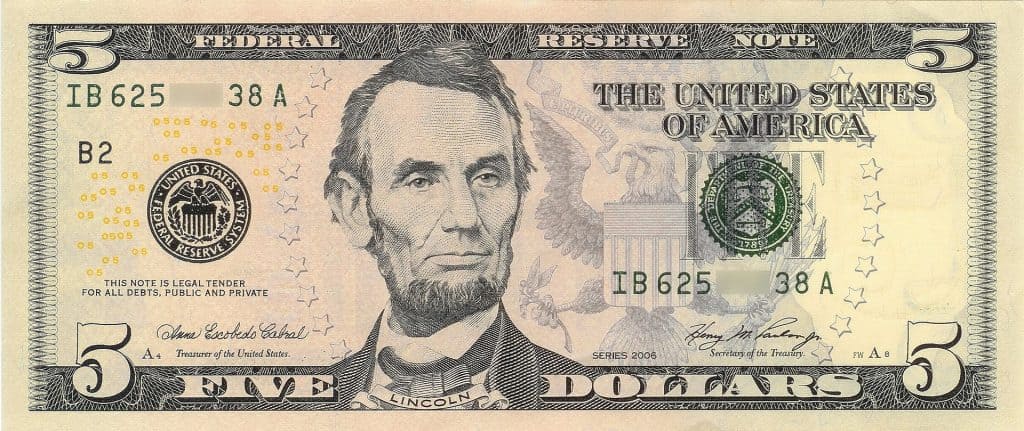
Former President Abraham Lincoln‘s portrait remains immortalized on the $5 bill and the penny. The Department of Treasury decided on the design back in 1914. It went through several design changes but the 16th US president’s face managed to hold the position despite so.
In 1909, the USA celebrated Abraham Lincoln’s centennial birthday. To commemorate the event, Victor David Brenner designed the minted Lincoln penny. The coin became the first of its kind that featured the motto, “In God We Trust.” Meanwhile, the reverse side has the Latin phrase “E Pluribus Unum” which translates to “One out of many.” Plus, the Lincoln penny hails as the only coin with a presidential portrait faced to the right side.
Alexander Hamilton on the $10 bill
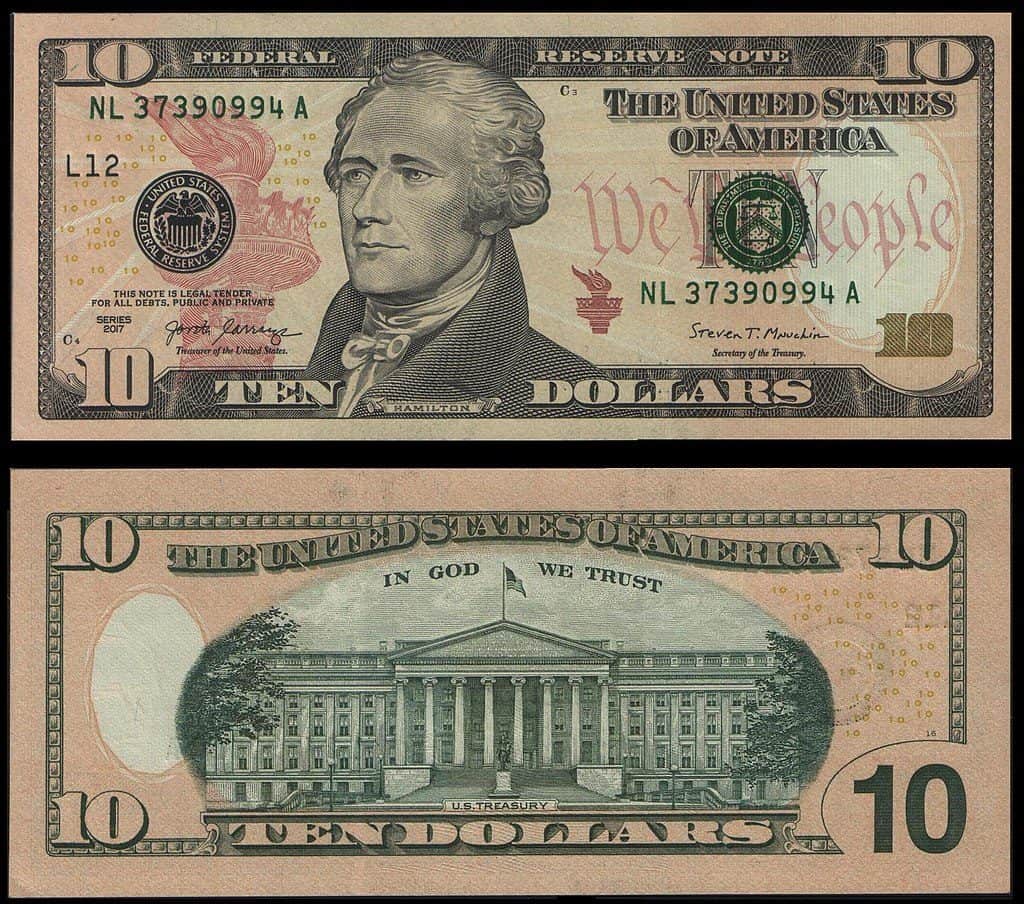
You can easily learn about Alexander Hamilton’s contribution to American history by watching or listening to the Broadway musical, Hamilton. It showcases the Founding Father’s role in making the USA an independent country. And he may not be part of all the presidents on bills but Alexander Hamilton earned his worthy position in the $10 bill. As mentioned, the former Treasury Secretary first appeared on US currency on the $2 bill in 1862. After only a few years, former President Thomas Jefferson’s face swapped with Hamilton’s back in 1869.
Between 1913 and 1914, the Federal Reserve produced the denomination of the $10 bill featuring Former President Andrew Jackson’s face. Hamilton’s portrait eventually made a comeback in US currency in 1929.
Andrew Jackson replaced Grover Cleveland’s face on the $20 bill.
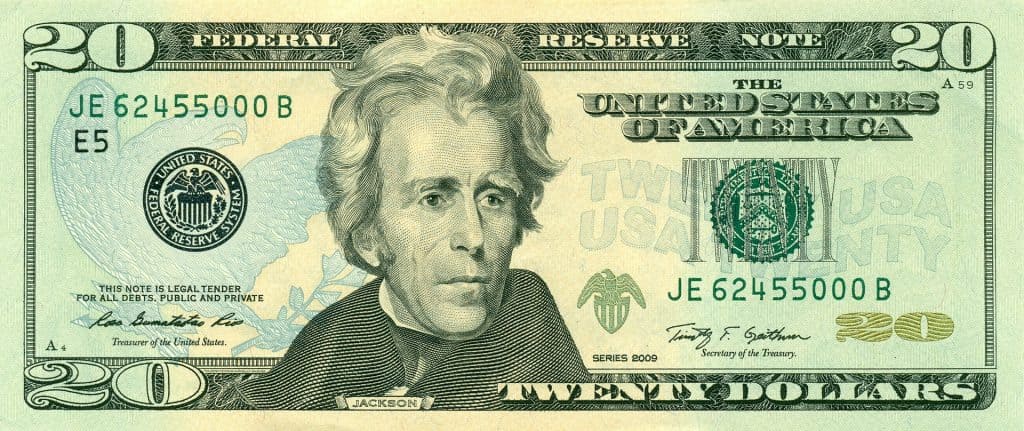
You’ll be surprised to learn how Andrew Jackson ended up as one of the presidents on the bills. During his term, Jackson aimed to abolish the issuance of paper bills in US currency. Despite this, Jackson’s face remains emblazoned on the $20 bill instead of other presidents or any other notable people in US history.
The Federal Reserve first released the $20 bill with former President Grover Cleveland’s portrait. That changed along with other denominations in 1929. Cleveland’s face moved to the $1,000 bill while Jackson’s portrait took his place in the $20 bill.
In 2016, the proposal of swapping Jackson’s spot on the $20 bill with Harriet Tubman’s portrait passed. However, Treasury Secretary Steve Mnuchin delayed the supposed 2020 production to 2028. The next section talks about how the Trump administration intentionally held back the printing of Tubman’s face on the $20 bill.
The quest of putting Harriet Tubman on the $20 bill
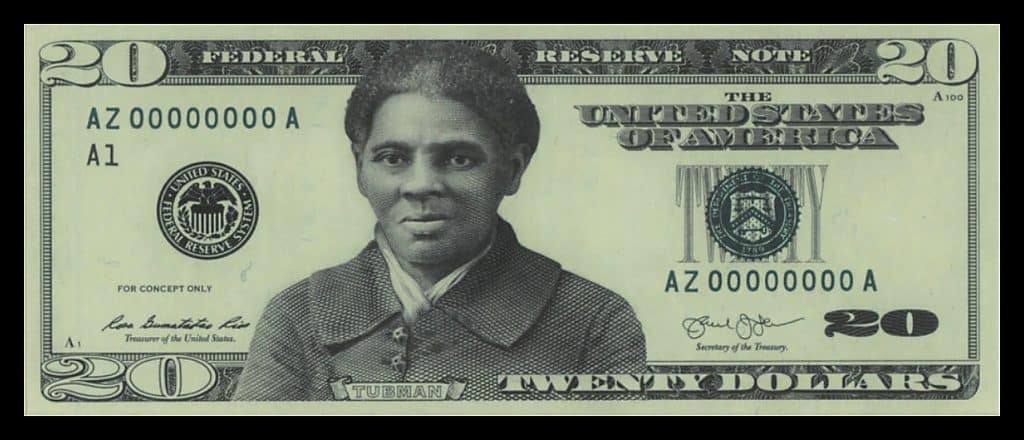
Currently, US President Joe Biden aims to rush the proposal of immortalizing Harriet Tubman’s face on the $20 bill. The production of Tubman’s face on the paper bill got pushed back by Treasury Secretary Steve Mnuchin and the Trump Administration.
The Department of Treasury announced the new designs of paper bills in 2016. It included Harriet Tubman‘s portrait on the $20 bill. The gesture aimed to honor Tubman’s contributions to women’s suffrage and civil rights movements. Unfortunately, it all changed when Donald Trump won the 2016 elections.
Trump refused to switch Jackson’s face on the $20 bill with Tubman’s image. This led to an outcry, citing racism and white supremacy as reasons why Trump won’t allow the change. In 2019, Mnuchin claims that the design for the former activist’s bill will not be ready for another 10 years. It all changed when US President Joe Biden came into office. Biden is now working hard to finally print and release Tubman’s $20 bill.
Ulysses S. Grant and his continuous stay on the $50 bill
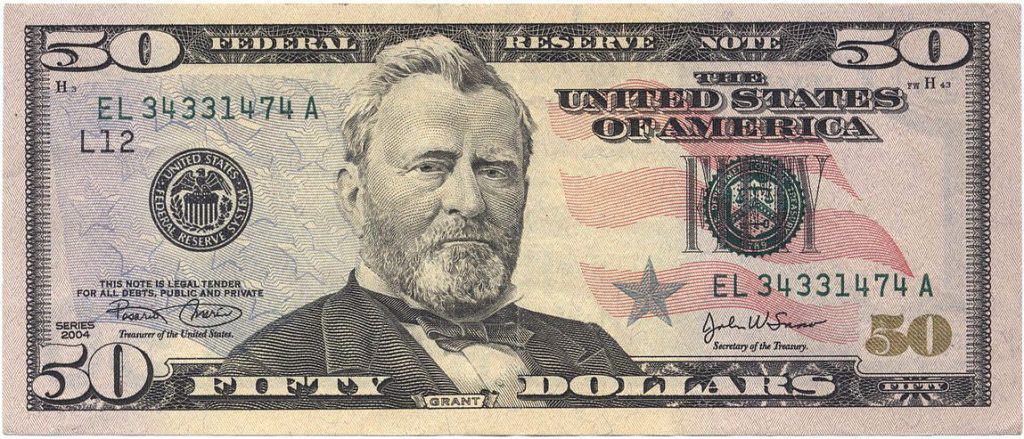
You can’t miss Ulysses S. Grant’s face as one of the presidents on bills. His portrait has remained on the $50 bill since its issuance in 1914. Aside from being a former US president, Grant’s notable contribution in history includes helping the nation back to its feet after the Civil War.
If you’ll look closely, the $50 bill presents an image of the US Capitol. Both sides feature the microprinted words “Fifty” and “USA” surrounding Grant’s portrait. Earlier editions of the currency depicted Panama, a merchant, and a battleship.
Founding Father Benjamin Franklin and his position on the $100 bill

Since 1914, Benjamin Franklin’s portrait has firmly stayed on the $100 bill. The bill currently hails as the largest denomination of its kind in circulation. Both paper bills with Founding Fathers Franklin and Hamilton claim the title of the most desirable denominations in US currency.
In 2009, Franklin’s $100 bill underwent massive changes in its design. The results yielded the famed inventor’s portrait placed to the left of a quill pen. They also placed the Declaration of Independence and holographic watermarks next to the portrait on one side. Meanwhile, the reverse side features an image of the Independence Hall in Philadelphia.
William Mckinley’s short stint on the $500 bill

You might know William McKinley as one of the few presidents who died due to assassination. The $500 bill cemented former President McKinley’s legacy in the US currency for a short while. Before the former president, the Department of Treasury printed Chief Justice John Marshall’s portrait on the bill in 1918. As of today, the mentioned bill is no longer in circulation.
In 1969, The Fed and Treasury announced their decision of discontinuing McKinley’s $500 bill. The statement came after studying the denomination’s lack of use in circulation. Printing finally halted in 1945.
Grover Cleveland’s upgrade on the $1,000 bill
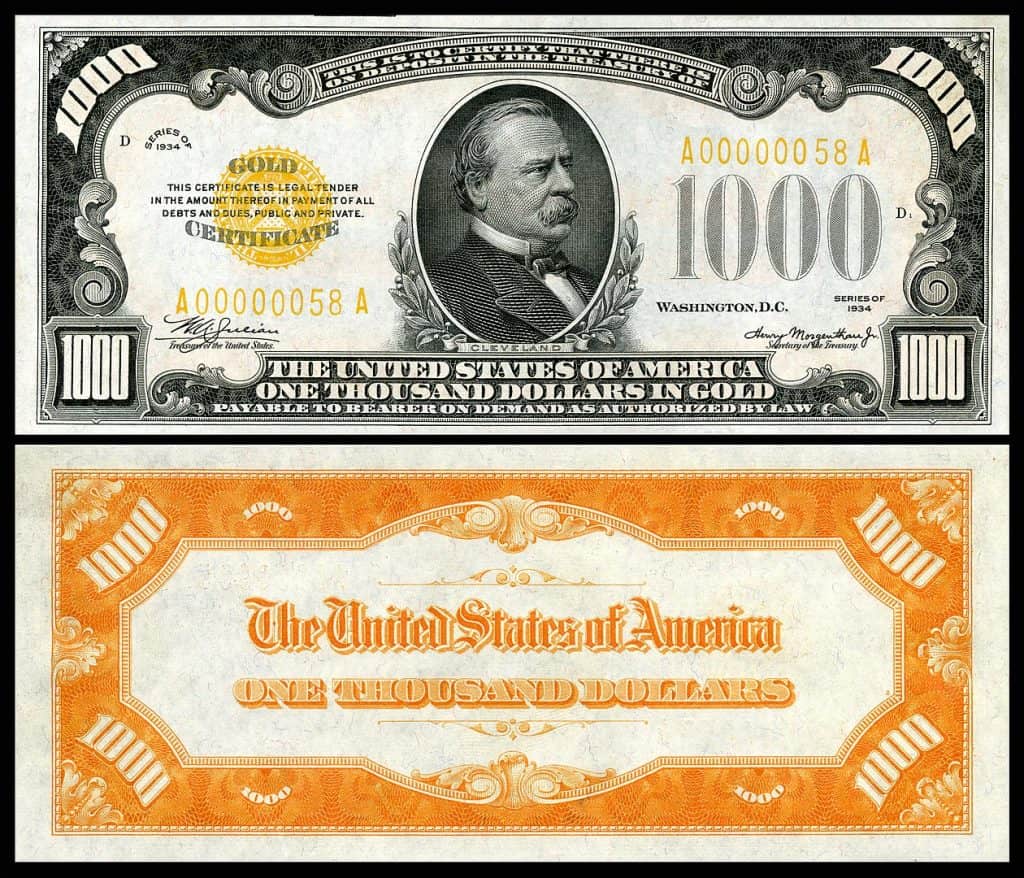
Grover Cleveland eventually lost his place as one of the former presidents on bills. Initially, the Federal Reserve printed Cleveland’s portrait in the $20 bill before Andrew Jackson’s face took its place. In 1918, the 22nd US President’s face reappeared on the $1,000 bill.
The Fed and Treasury announced the discontinuation of Cleveland’s bill in 1969. They came up with the decision after they stopped printing the notes in 1945. The department allowed Americans to trade their discontinued bills with newer ones. However, a lot of people still chose to keep the large denominations instead of trading them off.
Short-lived stays of presidents on the US currency
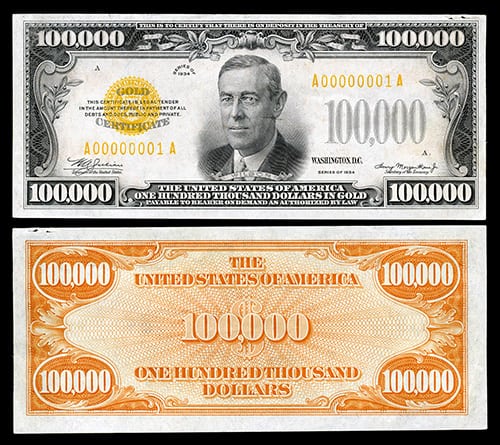
After his short appearance on the $1 bill, Salmon P. Chase’s face made its way to the $10,000 bill in 1918. Chase served as Treasury Secretary during Lincoln’s term as president. Back then, Americans were puzzled about Chase’s appointment because he ran against Lincoln. He campaigned under the Republican Party but lost to Lincoln.
Chase’s claim to fame came from designing the nation’s paper currency. Unfortunately, he got caught up in the scandal of his socialite daughter Kate Chase-Sprague. Because of this, he eventually resigned from his post. Later on, Chase’s portrait notably graced the $1 bill and the $10,000 bill.
As mentioned, the Fed and Treasury decided the discontinuation of larger denominations of the US currency starting from the $500. Earlier, we distinguished the former presidents whose portraits switched to different denominations over the years. So far, James Madison’s and Woodrow Wilson’s faces only got the chance to stay on the $5,000 and the $100,000 bills, respectively.
The unique Woodrow Wilson bill became known as the “gold certificate.” The US government only allowed Federal Reserve Banks to use the paper bill. Because of this, most Americans never got the chance to see it in circulation. If you happen to encounter one, the owner can sell it for more than $1 million to rich collectors.
No one knows if Madison’s or Wilson’s faces would ever return to any bills in the future. The Department of Treasury completely stopped producing the larger notes in 1945. However, you might spot a few of the discontinued bills in unique money collections.
Was this page helpful?
Our commitment to delivering trustworthy and engaging content is at the heart of what we do. Each fact on our site is contributed by real users like you, bringing a wealth of diverse insights and information. To ensure the highest standards of accuracy and reliability, our dedicated editors meticulously review each submission. This process guarantees that the facts we share are not only fascinating but also credible. Trust in our commitment to quality and authenticity as you explore and learn with us.
